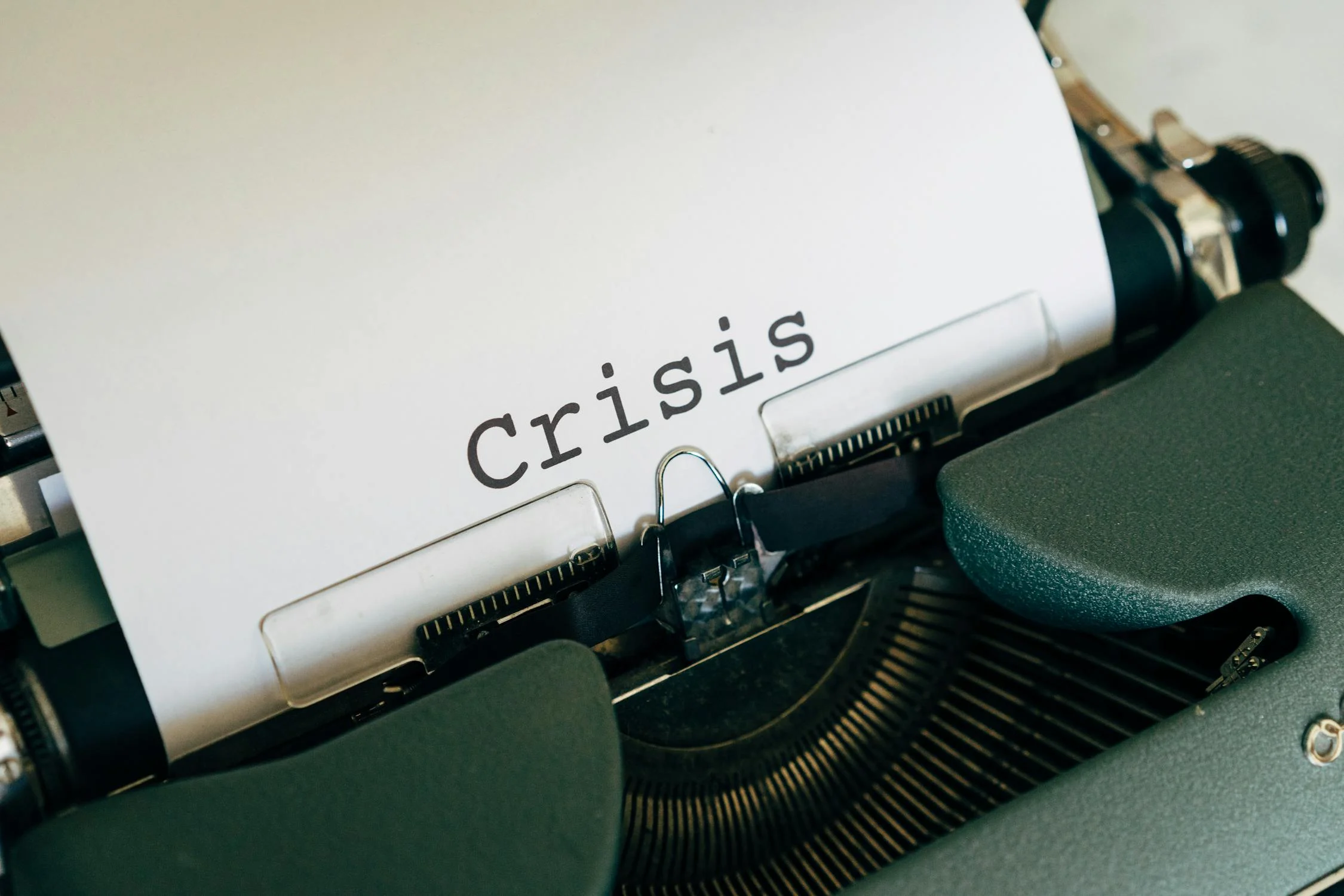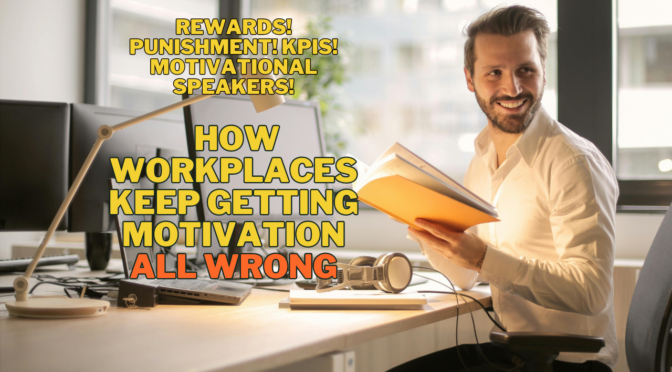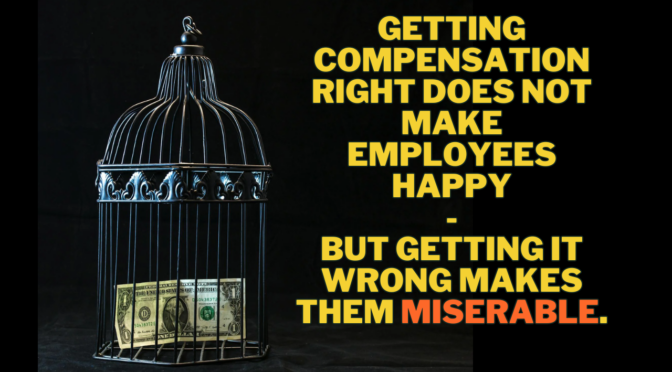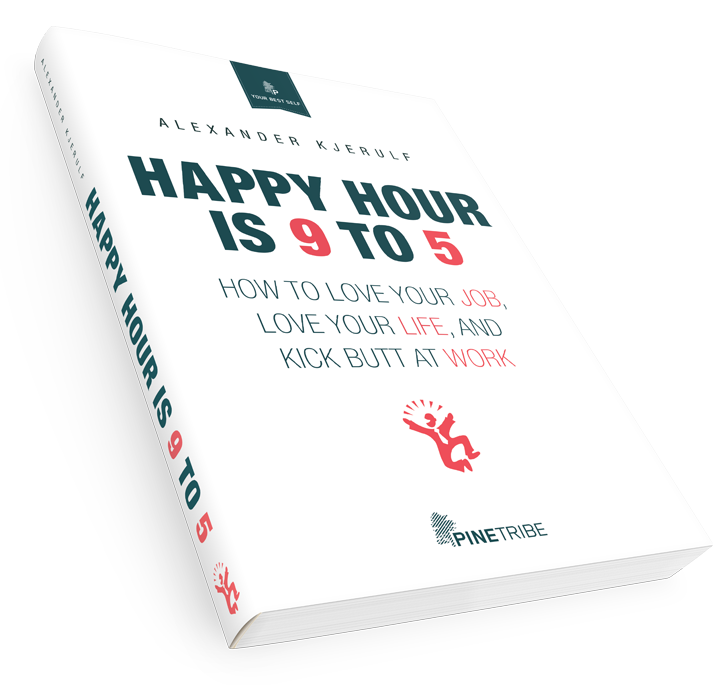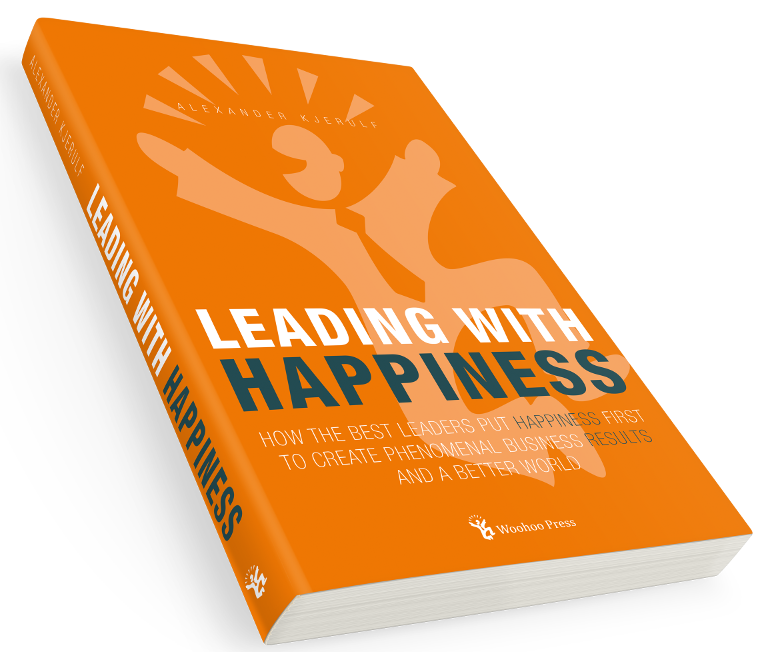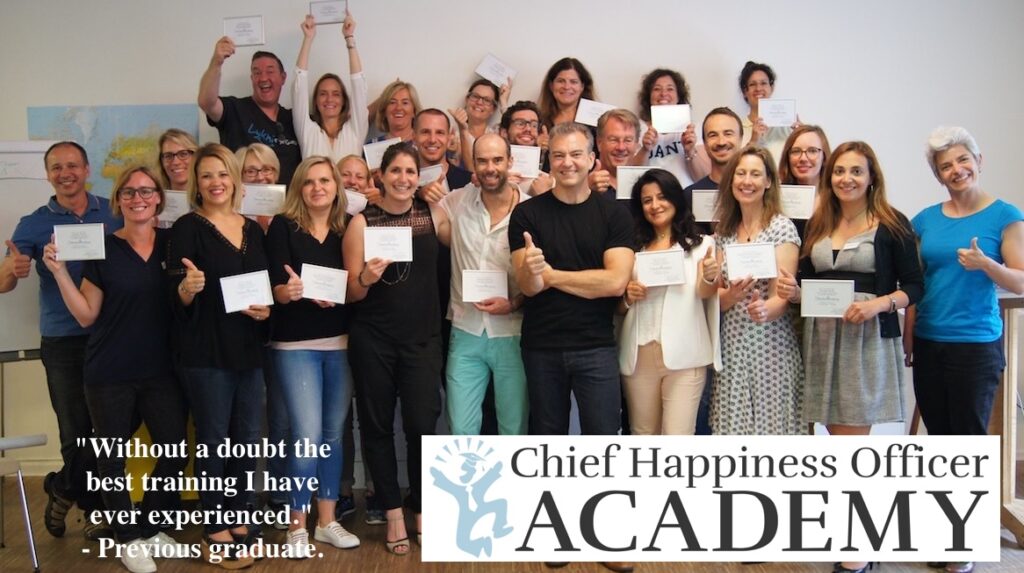Somebody asked on the Open Space mailing list if Harrison Owens book The Practice of Peace would appear as an audio book. Harrison replied that there were no current plans, so I suggested creating an audio book together.
I was inspired by Cory Doctorows latest books (Down and Out in the Magic Kingdom and Eastern Standard Tribe) as well as Lawrence Lessigs new book Free Culture, which have been released under the Creative Commons’ least restrictive license. This license allows people to do pretty much whatever they want with the original works, as long as it’s non-commercial. This allowed some people to self-organize and create audio versions of the books, by each volunteering to read a chapter. This is what we’re going to do with the Practice of Peace also, and I volunteered to coordinate.
Here’s a list of chapters:
Chapter I Peace and the Practice of Peace
Chapter II A Piecemeal Approach to Peace
Chapter III Scope of Work for the Peacemaker
Chapter IV Muddling Through
Chapter V The Pathology of Control and the Power of Griefwork
Chapter VI The Practice of Peace
Chapter VII Many Roads to Peace
Chapter VIII Preparation for Peacemaking
If you’d like to read a chapter, please add a comment to this post saying what chapter you’d like to read. If somebody’s already taken your favourite chapter you might consider another one. If all the chapters are taken add a comment anyway – maybe will work something out.
Harrisons publisher, Human Systems Dynamics Institute, will send each person a copy of the book, and we can then record a chapter and put them together somehow.
There’s been a huge interest in participating, which is a wonderful reflection on the generosity of the OS community. So what do we do if we have more volunteers than chapters (which I’m almost sure that we have). Any suggestions?
